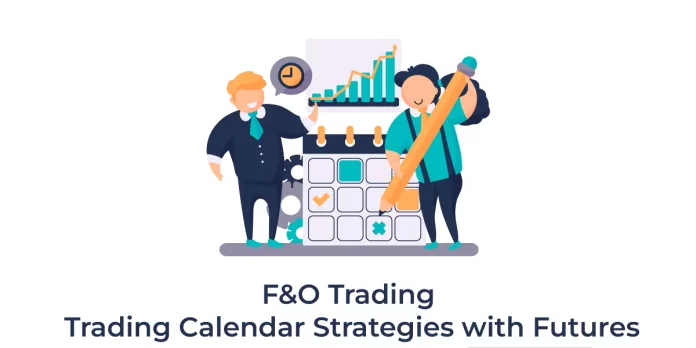Calendar Strategies
Trading commodity derivatives is often seen as more intricate compared to trading equity derivatives due to the unique nature of commodities as physical assets. Unlike equities, which represent ownership in a company, commodities are tangible goods like gold, oil, or agricultural products, subject to real-world supply and demand dynamics.
While equity derivatives also face supply constraints, such as limits on contract trading imposed by exchanges like the NSE, the constraints on commodity derivatives are typically more directly tied to physical availability. This fundamental difference opens up opportunities for traders to explore innovative strategies, particularly in terms of timing and pricing, known as calendar strategies.
In this discussion, we’ll delve into the potential applicability of calendar strategies to both equity index and single-stock futures, focusing on comparative pricing and execution timing.
Understanding Calendar Strategies:
In options trading, a popular calendar strategy involves a long calendar call spread on indices like the Nifty Index. This strategy entails buying a call option for the next week while simultaneously selling a call option for the near week, both at the same strike price. The aim here is to capitalize on expected volatility changes, often associated with upcoming events like elections or central bank policy announcements.
Read: Option Chain Analysis
For futures trading, the approach is slightly different. Traders typically engage with near-month and next-month contracts, aiming to leverage pricing differentials driven by factors like interest rates and market demand.
Analyzing Pricing Dynamics:
When dealing with futures contracts, theoretical pricing models suggest that next-month contracts should trade at a higher price than near-month contracts due to interest rate considerations. However, actual market prices may deviate from these theoretical values due to factors like margin requirements and demand-supply dynamics.
In practice, near-month futures contracts tend to be more actively traded, resulting in tighter bid-ask spreads and greater price alignment with the spot index. Conversely, next-month contracts may exhibit higher price volatility and greater disconnection from spot prices.
Implementing a Strategy:
Given these observations, a viable strategy emerges for traders. If you believe that next-month contracts are overpriced relative to near-month contracts, you could initiate a position by going long on the near-month futures contract and shorting the next-month contract. This strategy aims to capitalize on the expected convergence of futures prices with spot prices at expiry.
Timing is crucial in executing this strategy. It’s essential to monitor and compare implied rates between near-month and next-month contracts, utilizing futures valuation models to inform decision-making. Additionally, the position should ideally be closed out upon the expiry of the near-month contract to capture potential gains.
Conclusion:
While calendar strategies are more commonly associated with commodity derivatives, they can also be adapted for equity index and single-stock futures trading. By understanding pricing dynamics and market behavior, traders can identify opportunities to exploit pricing differentials between near and next-month contracts, potentially yielding profitable outcomes.
However, it’s important to emphasize that such strategies entail inherent risks, including market volatility and execution uncertainties. Therefore, thorough research, disciplined risk management, and timely decision-making are essential for success in implementing calendar strategies in futures trading.


